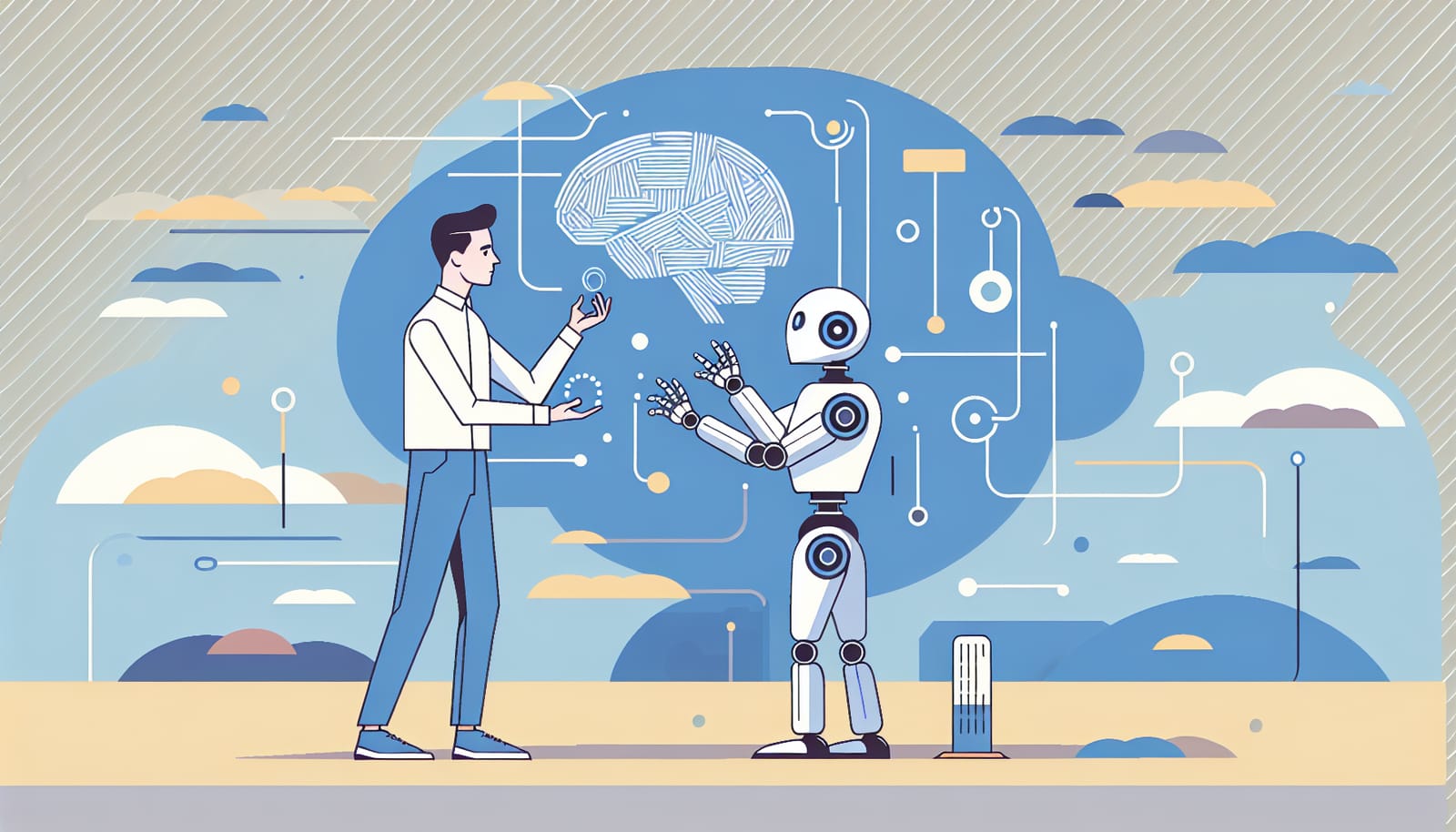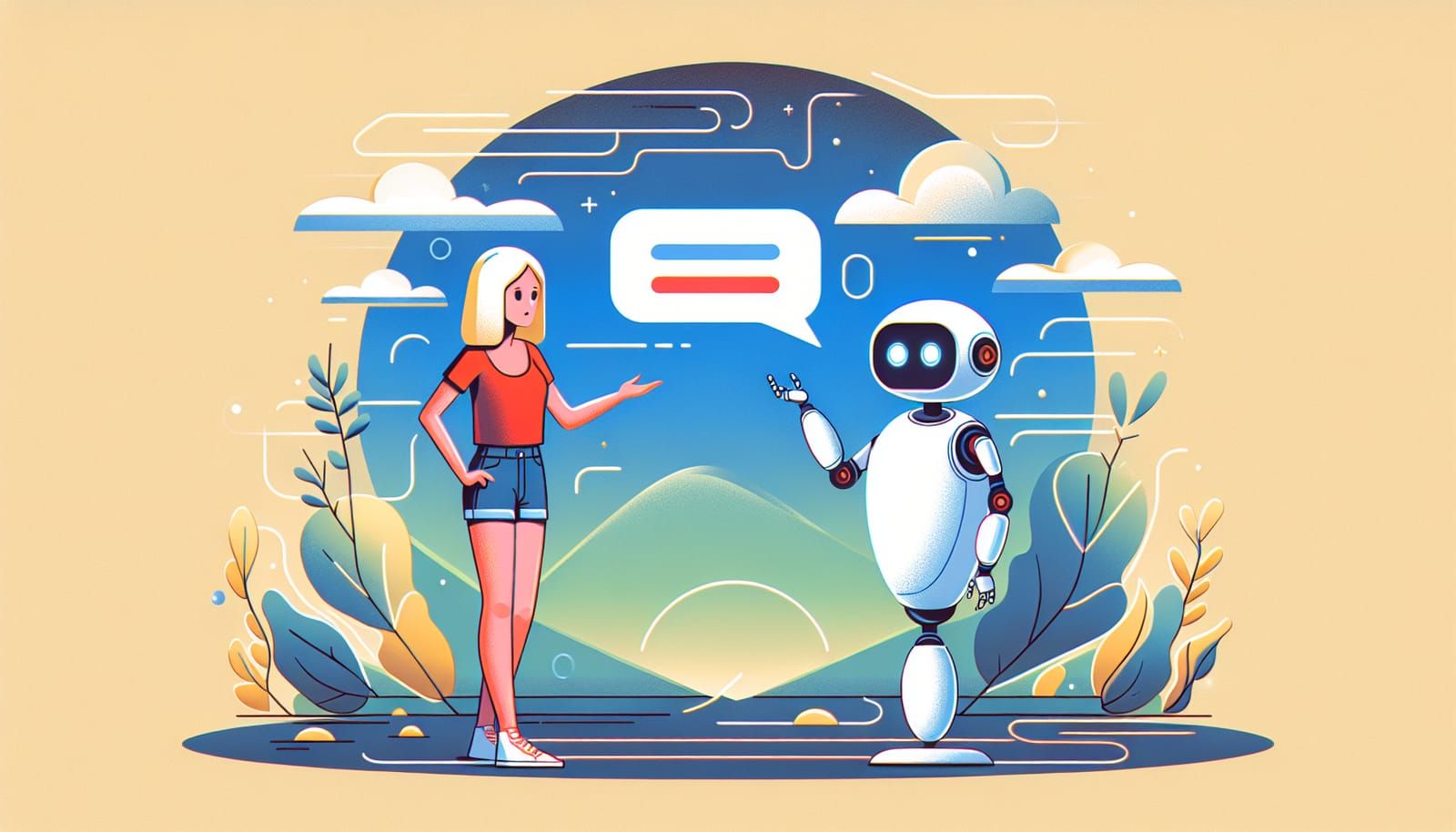Artificial Intelligence (AI) has become a buzzword in recent years, often associated with incredible feats and futuristic capabilities. However, one of the most common misconceptions about AI is that it is an all-knowing, all-seeing entity. In reality, AI is more like a very clever tool that can perform specific tasks exceptionally well, but it has its limitations. Let's dive into this myth and uncover the truth behind the algorithms that are shaping our world.
What Is AI, Really?
Before we debunk the myth, it’s essential to understand what AI actually is. At its core, artificial intelligence refers to computer systems designed to perform tasks that would usually require human intelligence. These tasks can include recognizing speech, making decisions, solving problems, and even understanding natural language. However, AI is not a single entity; it encompasses various technologies and methods, including machine learning, natural language processing, and robotics.
The Limitations of AI
Here’s where the myth begins to unravel. While AI can analyze vast amounts of data and identify patterns faster than any human, it doesn’t understand the world like we do. AI lacks consciousness, emotions, and common sense. It can only operate within the parameters set by its programming and training data. This means that when faced with a situation it hasn’t been trained on or when it encounters ambiguous information, AI can struggle to provide accurate or meaningful responses.
Imagine teaching a child to recognize animals. If you show them pictures of cats and dogs, they’ll learn what those animals are. But if you show them a picture of a turtle for the first time, they might not know what it is. Similarly, AI is trained on specific datasets and can only recognize patterns from that data. If something new comes along, it could falter.
The Power of Data
One of the key elements that fuel AI's capabilities is data. AI systems learn from data, which means the quality and quantity of data directly impact their performance. For instance, a facial recognition system trained on diverse images will perform better than one trained on a limited dataset.
However, this reliance on data leads to another myth: the belief that more data always equals better AI. While having a lot of data can improve AI's accuracy, it can also introduce biases. If the data contains inaccuracies or reflects societal prejudices, the AI system can perpetuate these flaws. This is why it’s crucial to ensure that AI is trained on balanced and representative datasets.
AI: A Tool, Not a Replacement
AI is a remarkable tool for enhancing human capabilities, but it’s not a replacement for human judgment. While AI can analyze data and suggest outcomes, it lacks the ability to understand the nuances of human emotion and context. For example, in the field of healthcare, AI can assist doctors in diagnosing diseases by analyzing medical images, but it cannot replace the empathy and understanding that a human doctor provides.
This distinction is vital to grasp; AI should be viewed as a supporting actor rather than the lead role. It can enhance productivity and efficiency, but it is humans who must make the final decisions. The collaboration between human intelligence and artificial intelligence is where the magic truly happens.
The Future of AI: A Partnership
As technology continues to advance, the future of AI looks bright. We are likely to see even more sophisticated algorithms that can assist us in various fields, from education to healthcare to environmental conservation. However, it’s crucial to approach this future with a balanced perspective.
As AI becomes more integrated into our daily lives, it’s important to remain vigilant about its limitations and ethical considerations. Developers and users alike must ensure that AI systems are designed responsibly, focusing on transparency, fairness, and accountability.
Busting the Myth
So, how do we bust the myth of the all-knowing algorithm? The first step is education. Understanding the basics of AI, its capabilities, and its limitations enables us to use it effectively and responsibly.
Secondly, we must engage in conversations about AI ethics. As we rely more on these systems, we should talk about the implications of their use and ensure they serve humanity positively. By fostering an environment of curiosity and critical thinking, we can empower ourselves to navigate the complexities of AI.
Conclusion: Embrace the Journey
In conclusion, the myth of the all-knowing algorithm is just that—a myth. AI is an extraordinary tool that can augment human potential, but it is not infallible. By understanding its limitations and capabilities, we can harness AI's power responsibly and effectively.
As we continue this journey into the age of AI, let’s remain curious and open-minded. Explore the possibilities, ask questions, and engage with technology in meaningful ways. With the right approach, we can create a future where humans and AI work together to solve some of the world’s most pressing challenges. The journey is just beginning, and we all have a role to play in shaping it!


